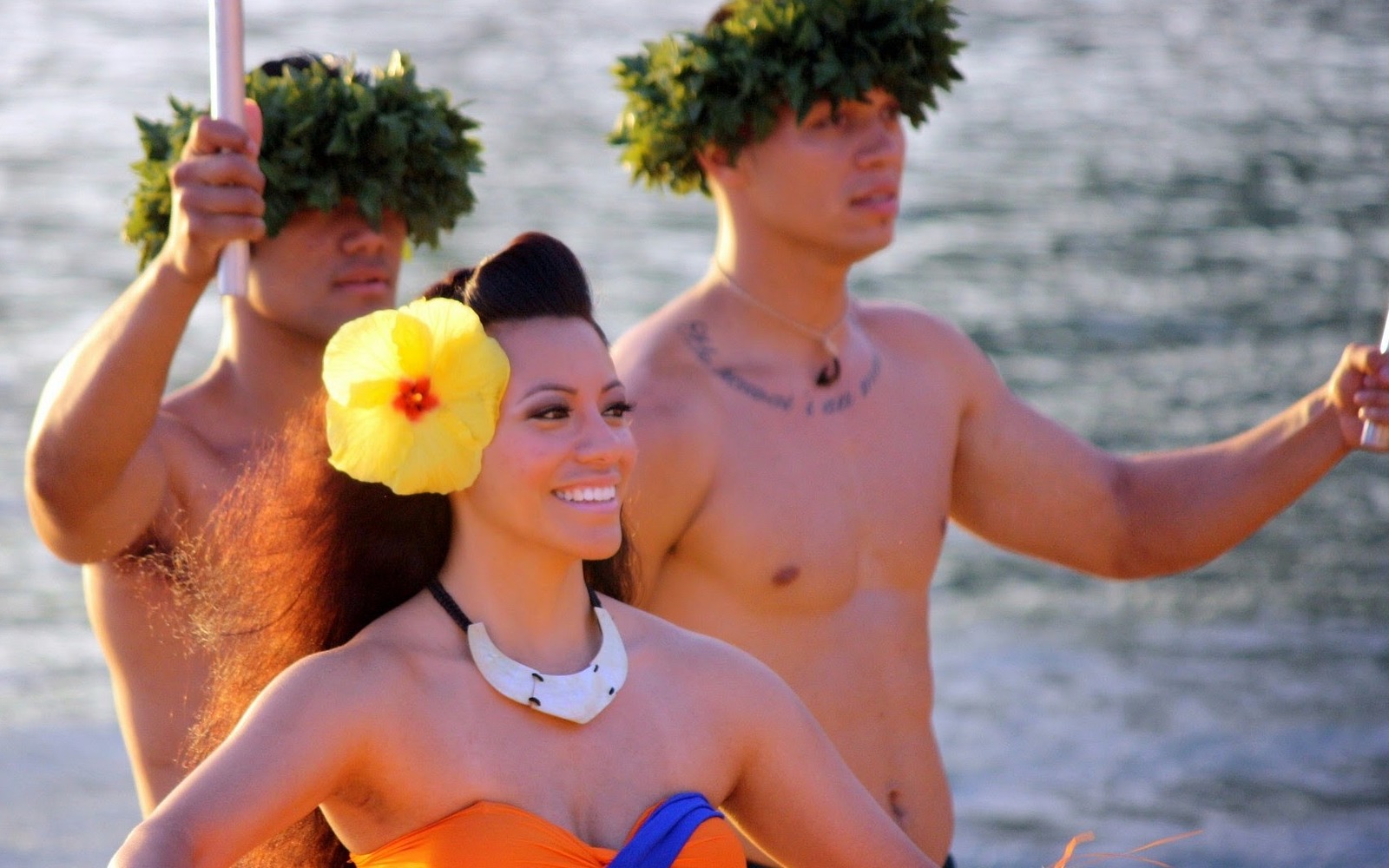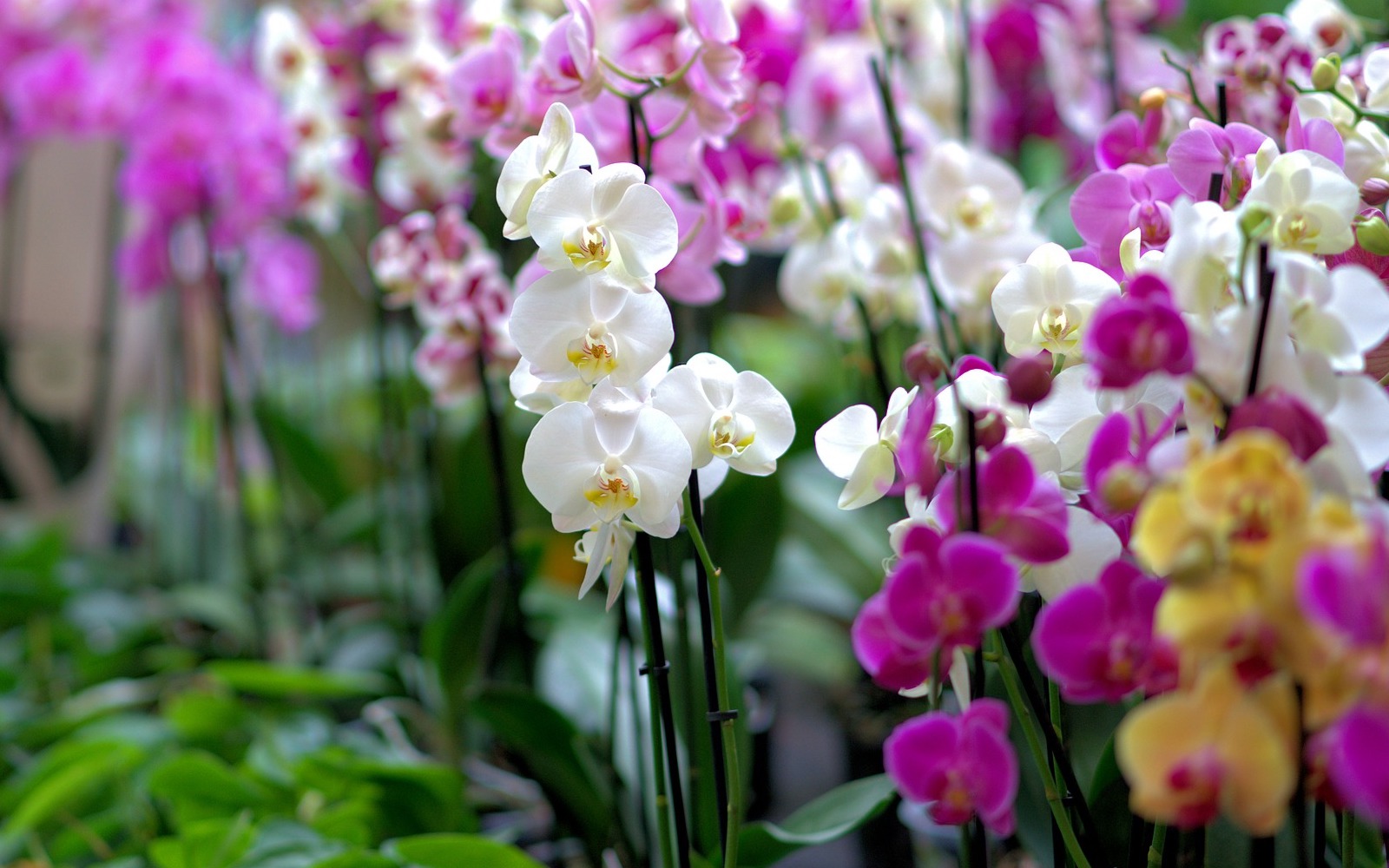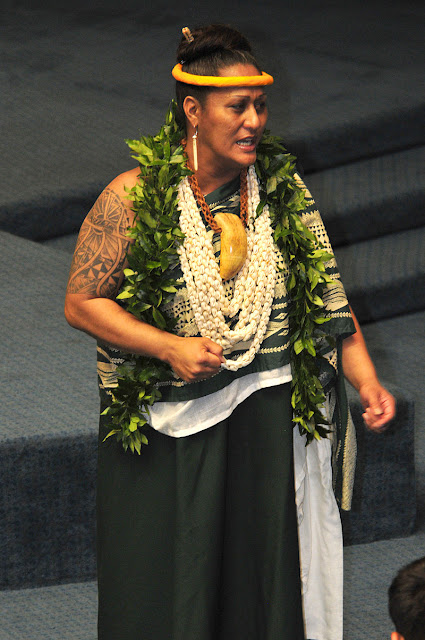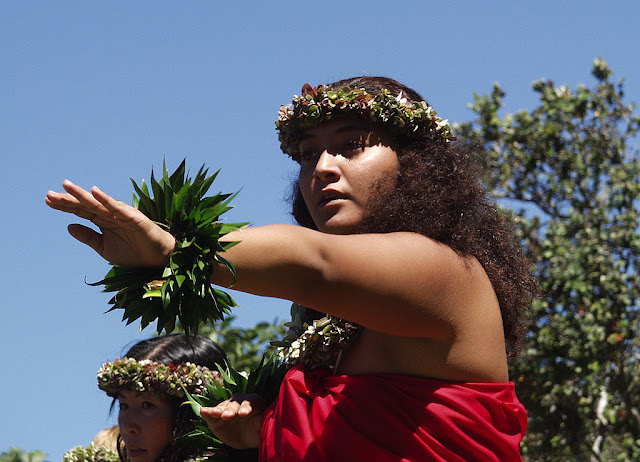The Story of Leis and Hula
Scent in Motion | The History of Leis and Hula
Besides the word Aloha and hula dancers, the Lei is the ultimate symbol of the Hawaiian Islands with visitors worldwide. The lei custom was introduced here by early Polynesian explorers that took the incredible journey from Tahiti to Hawaii, guided only by the stars. With these early settlers, the lei tradition was born and continues today in Hawaii as a sign of welcome, respect, and love.

Maile Leis
For centuries, the shiny fragrant leaves of the Maile plant have been used to make traditional leis. Native to the Hawaiian Islands, Maile, is a trailing vine-like shrub with small pinwheel-like flowers of yellow, white, and orange. To make a traditional Maile lei, the stem is stripped of bark leaving only the dark green leaves. This process unleashes its’ vanilla-like fragrance as the vine is tied together in knots. The flowers most often woven into a traditional lei are jasmine, orchids, frangipani, and tuberose.

A Maile lei is traditionally worn as an open-ended lei that is draped loosely around the shoulders. Possibly the oldest, and certainly one of the most popular, the Maile lei is steeped in history and tradition. It is known as “The Royal Lei” because it was prized by ali‘i (Hawaiian royalty) and, today, it is given to denote honor and respect.
World War II brought many new people to the islands and customs regarding leis began to change. The story is told of a hula dancer that saw a handsome officer and presented him with a lei and a kiss, starting a tradition that many visitors have enjoyed over the years. Today, leis are used for a wide range of occasions and can be worn by anyone.

Maile and Hula
Hula has its roots in ancient Hawaiian history as a ritual dance performed for the volcano goddess Pele. The goddess Laka performed the first hula dance and became the goddess of hula. Laka was also the goddess of the forest and is known for making it grow - one of the plants sacred to her is Maile. In her role as keeper of the hula tradition, Laka bestows Maile leis to hula dancers.
As hula evolved it provided the way for ancient Hawaiians to pass on their history to future generations. When the missionaries arrived they deemed hula impure and it was banned in 1820. In 1874, King Kalakaua reintroduced hula saying, “Hula is the language of the heart, therefore, the heartbeat of the Hawaiian people.”
Today there are two primary types of hula performed. The first is called hula kahiko and is the style of dance performed prior to 1894. It uses traditional instruments such as bamboo rhythm sticks and gourds that are carved into drums and rattles. The second style called hula’auana combines traditional hula with western influences and uses instruments such as guitars and the ukulele.
Maile’s Popularity Endures
Maile is associated with Laka and even today, before a hula dancer performs, he or she prays to Laka for inspiration. A hula dancer will never give away her lei made of Maile, which they wear in honor of the goddess. Maile is also a symbol of courtship and during today’s wedding ceremonies, the priest binds the hands of the bride and groom together with a strand of this plant to signify their commitment and loyalty to each other. Boys often wear a Maile lei to their prom and it is a favorite graduation gift. The Maile lei is also given as a sign of friendship and it is customary for the recipient to join the open ends together to symbolize the love that weaves friends together.
Lei’s are an intrinsic part of modern Hawaiian life and the visitor experience. Even though modern leis use many different types of flowers, leaves, and techniques, the meaning of respect, love, and welcome remains the same.

